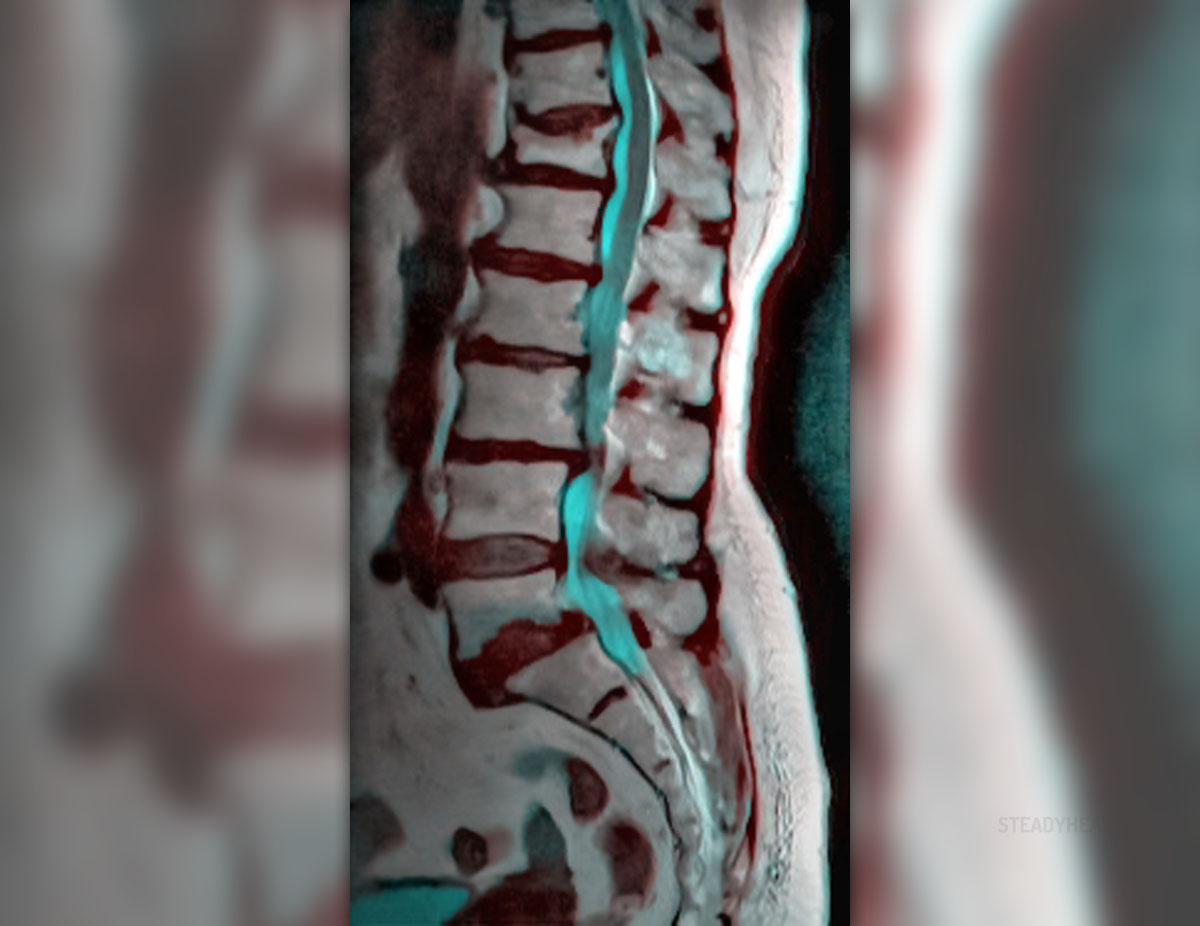
What is Cervical Spondylosis?
Spondylosis is a common degenerative disease of the spinal cord. It is believed that the changes in disks between the vertebrae that develop with aging are the main cause of this disease. It most commonly affects the neck of the spinal cord. Frequency of spondylosis is almost the same in both sexes.How it starts?
Pathological process of spondylosis begins with drying and fragmenting central part of disk between vertebrae, which is losing its elastic properties as a result of these degenerative changes. The increased growth of bone tissue, called osteophyte, occurs due to these pathological changes, on certain parts of the spinal vertebrae. After that, osteophytes narrow spinal canal, eventually making the compression on the spinal cord. If development of kyphosis, subluxation of spinal vertebrae and degenerative changes of the ligaments surrounding the spinal cord are added to these basic pathological changes, it leads to the development of the spondylosis.Symptoms
Symptoms of cervical spondylosis may manifest differently. The most frequent symptom is occasional pain in the neck and shoulders. This pain is often accompanied with neck muscle stiffness. Determining the real cause of pain is sometimes difficult for doctors. Pain is often accompanied with headaches, and a significant number of patients feel the pain in the area of the upper arm, forearm or hand. Such a difference in the localization of pain is the result of pressure on the roots of various nerves that depart from the cervical part of spinal cord. Therefore, in the case of the long-term pain in the neck doctors should always think of spondylosis. In severe cases, spondylosis may lead to paresis and paralysis of the corresponding limbs. For example, the expressed pressure on the appropriate cervical nerve roots can develop weakness in the hands and even inability to perform simple actions such as writing. It is important that doctor establishes the existence of atrophic muscle in the respective regions and motor and sensitive incidents to determine the precise location of the lesion.Diagnosis
In addition to a medical history and physical examination, diagnosis is made by using radiological methods. Although the X-ray of spinal cord is most profitable and most accessible method of radiological diagnosis, it is not specific or sensitive enough to set a definite diagnosis. Because of that, magnetic resonance imaging as non-invasive method that displays all structures of spinal cord and its immediate surroundings is always the method of choice in diagnosing cervical spondylosis. In addition, computerized tomography is often used to supplement the findings of magnetic resonance imaging. TreatmentMost patients with spondylosis don’t need any special treatment beside occasional use of analgesics. But, those patients who need therapy usually wear various collars for neck immobilization, until symptoms are gone. Of course, pain killers – nonsteroidal antirheumatics such as Aspirin, play the main role in the treatment of spondylosis. Application of drugs that relax muscles makes sense if there is neck muscle spasm. Also, tricyclic antidepressants have shown success in the spondylosis treatment. Application of opioid analgesics and steroids is still controversial.
In addition to pharmacological therapy, lifestyle change is also very important. This involves the application of relaxation techniques, proper back posture, changes in working conditions in order to unload the spine, some exercises for the spinal muscles, etc.
A massage, acupuncture, appropriate laser therapy and electrical stimulation of nerves take an important place in the spondylosis therapy.
Only in cases of severe pain, progressive neurological deficit and proven compression on spinal nerve roots or spinal cord, surgical intervention is applied.


-Causes,-Symptoms,-Diagnosis,-Treatment_f_280x120.jpg)







_f_280x120.jpg)





_f_280x120.jpg)
Your thoughts on this
Loading...